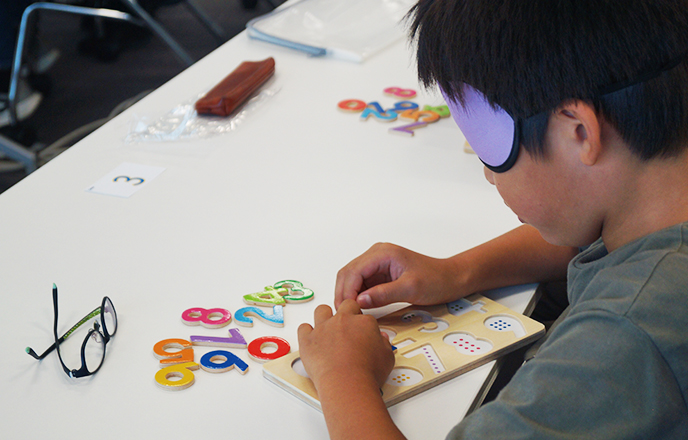Advances in screen readers (text-to-speech functionality) and the widespread adoption of smartphones have enabled visually impaired individuals to leverage technology in various areas, including navigation, financial services and payments, photography and photo management, and text recognition. While these technologies have expanded the range of activities that the visually impaired can perform independently, Nakane pointed out that it has also become more difficult to seek support from others. Kawamoto added that as visual technologies like AR and VR continue to develop and advance, visually impaired members of society are at risk of being left behind. All three speakers emphasized the challenges that enhanced security measures pose for visually impaired individuals; for example, identity verification based on image recognition or tracing passwords is extremely difficult, leading to situations where individuals cannot even access personal assets.
The “VISI-ONE Innovation Hub Conference 2025” business conference took place at the Umeda SHIP Hall at Grand Front Osaka on Monday, May 19, 2025. The conference hosted a variety of guests and through a series of sessions introduced the latest technologies and global trends related to visual challenges (social issues concerning accessibility for people with visual impairments). Two Santen employees attended the event as speakers.
What kind of visual challenges exist in modern society, and what kind of innovations are being developed to address them? This edition of Our Stories reports on the VISI-ONE Innovation Hub Conference 2025, focusing on three sessions in which Santen employees participated.
1. Has technological progress made life easier for visually impaired people?
The session “Inquiring about Changes in the Lives of People with Visual Impairments Due to Technological Advances” explored how evolving technology is having an impact on the visually impaired. Speakers included Masafumi Nakane, representative of the Japan Visual Impairment ICT Network and Kazuki Kawamoto, representative of WillShine LLC, which operates programs for visually impaired students. Serving as moderator was Mohamed Abdin, leader of the Core Principle and CSV Promotion Department, Core Principle and Sustainability Division, Santen Pharmaceutical Co., Ltd. All three participants are themselves visually impaired and actively engaged in addressing visual challenges, so they shared their personal perspectives and insights.
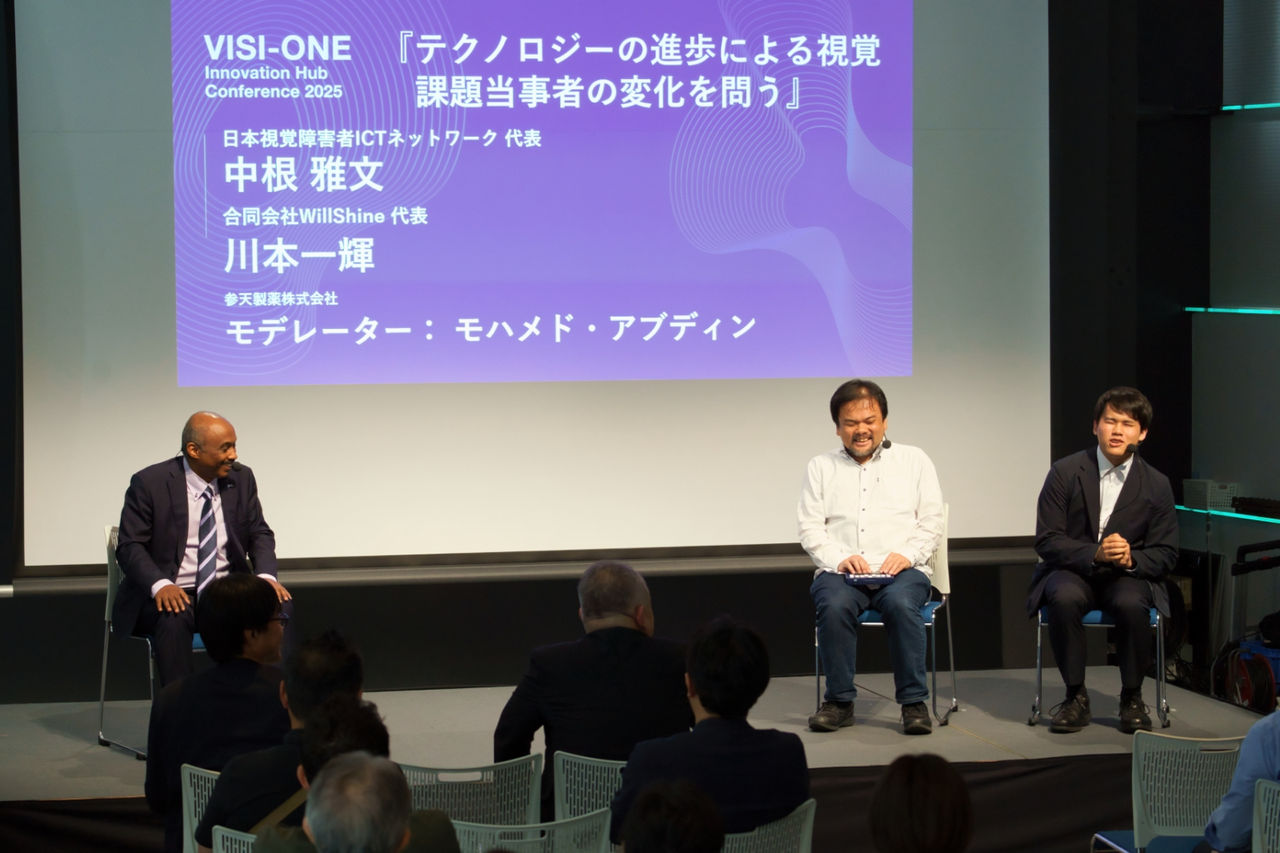
Unexpected difficulties brought about by technological advances
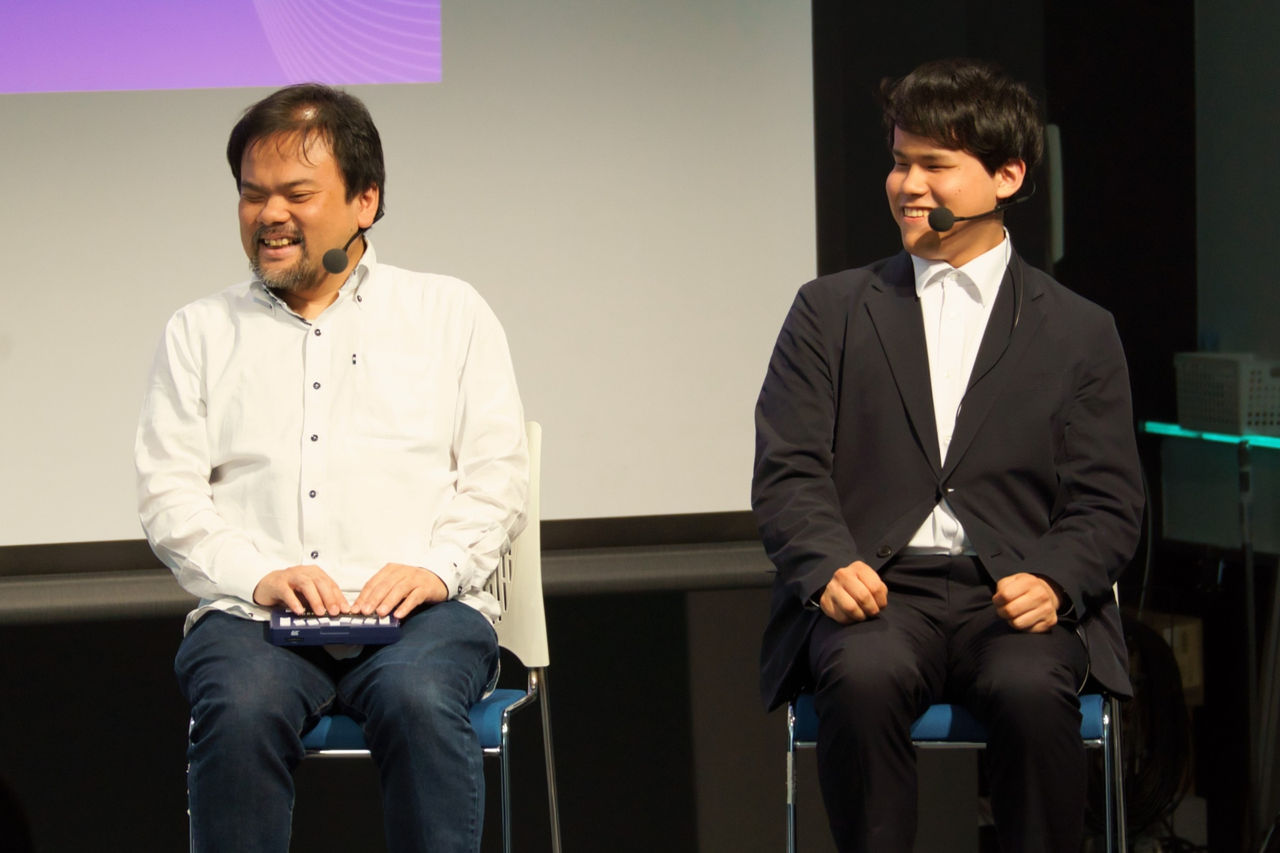
Nakane (left) and Kawamoto talk about their experiences with a touch of humor
AI can play a role in overcoming visual challenges
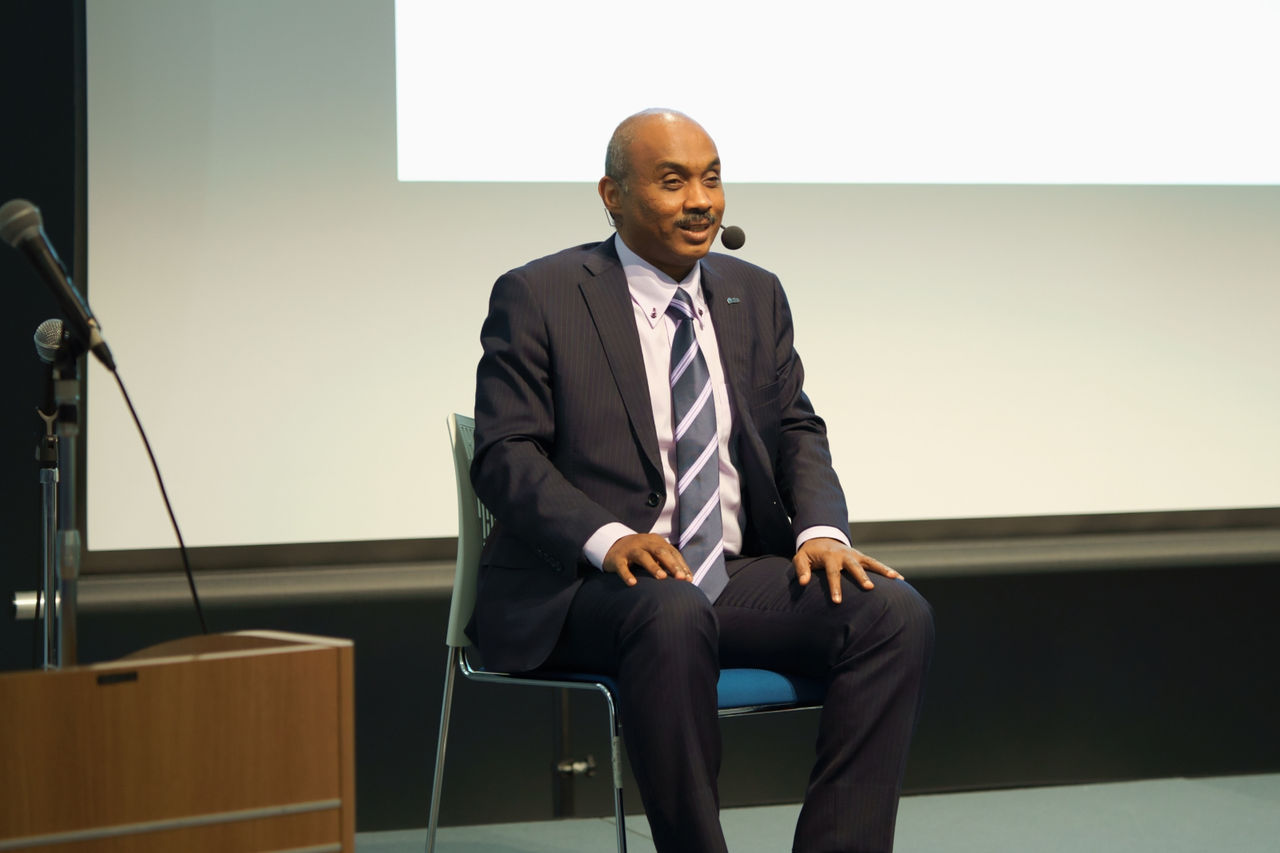
Santen's Abdin served as moderator
AI, on the other hand, has significant potential as a tool that can help visually impaired people overcome their challenges. While shopping, Kawamoto checks the prices of products using image recognition technology and has also made extensive use of AI for tasks such as creating company registration documents in the proper format. Nakane emphasized that the key will be how well he and others can articulate their needs and leverage AI to solve problems. Abdin argued that it is essential to develop services that not only meet the needs of the majority but also provide tangible benefits for visually impaired individuals.
2. Creating an inclusive society through sports
What potential do parasports and other internal and external awareness-raising activities hold for companies?
In the session “Considering the Role of Parasports in Corporate Change,” Toshiki Habutsu, president and representative director of Skylight Consulting, Inc., a sponsor of blind soccer, and Shigeo Hasegawa, general manager of the Core Principle and CSV Promotion Department, Core Principle and Sustainability Division, Santen Pharmaceutical Co., joined moderator Tetsuro Hayashi to discuss vision-related challenges from a business perspective.
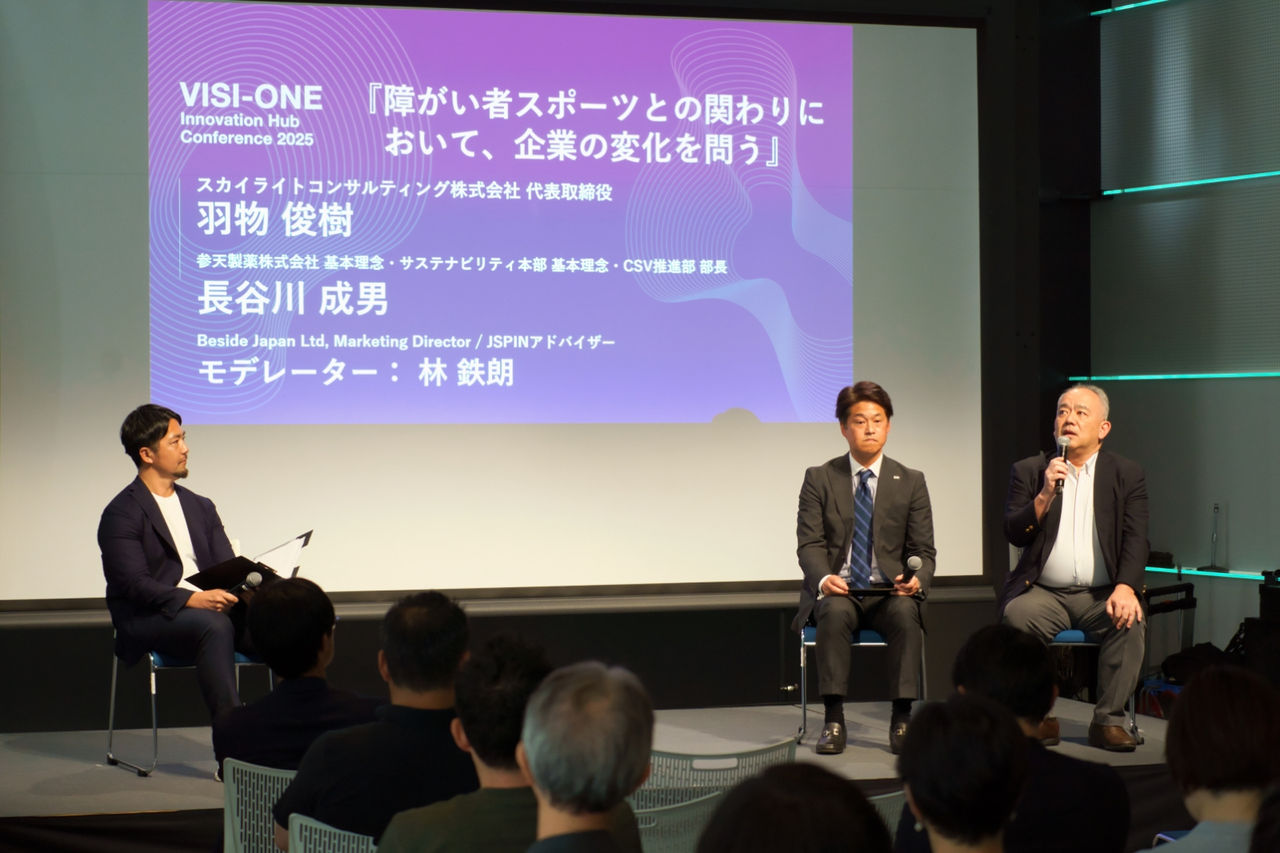
“Sports x Innovation” as a global trend
Habutsu explained that the catalyst for Skylight Consulting’s decision to sponsor blind soccer was a new business creation support program for the visually impaired organized by the International Blind Football Foundation (IBF Foundation) and Santen. He said that he felt this program truly embodies the current trend, especially in Europe, of sports driving innovation in business. Hasegawa described blind soccer, where visually impaired and sighted players collaborate on the field, as a “microcosm of an inclusive society,” and expressed his desire to continue supporting the program over the long term to help realize Santen’s vision of “Happiness with Vision.”
Employee awareness changes as they learn about disabilities
Habutsu said that when employees watch blind soccer, they are amazed at how well the players can move despite not being able to see. In addition, holding business-related programs such as leadership camps for the visually impaired has attracted employee interest, creating opportunities to challenge the preconceived notion that visually impaired people tend to have a conservative mindset. Hasegawa, through his support for blind soccer, explained that he has come to recognize the importance of enhancing awareness and understanding of disabilities within the company. He has implemented programs such as a blind experience program for all employees and a kids' camp where employees spend time with visually impaired children. He added that when he asked a visually impaired person if they needed assistance, they replied, “Someone else from Santen just asked me the same thing,” which made him feel that the company’s ongoing efforts were bearing fruit.
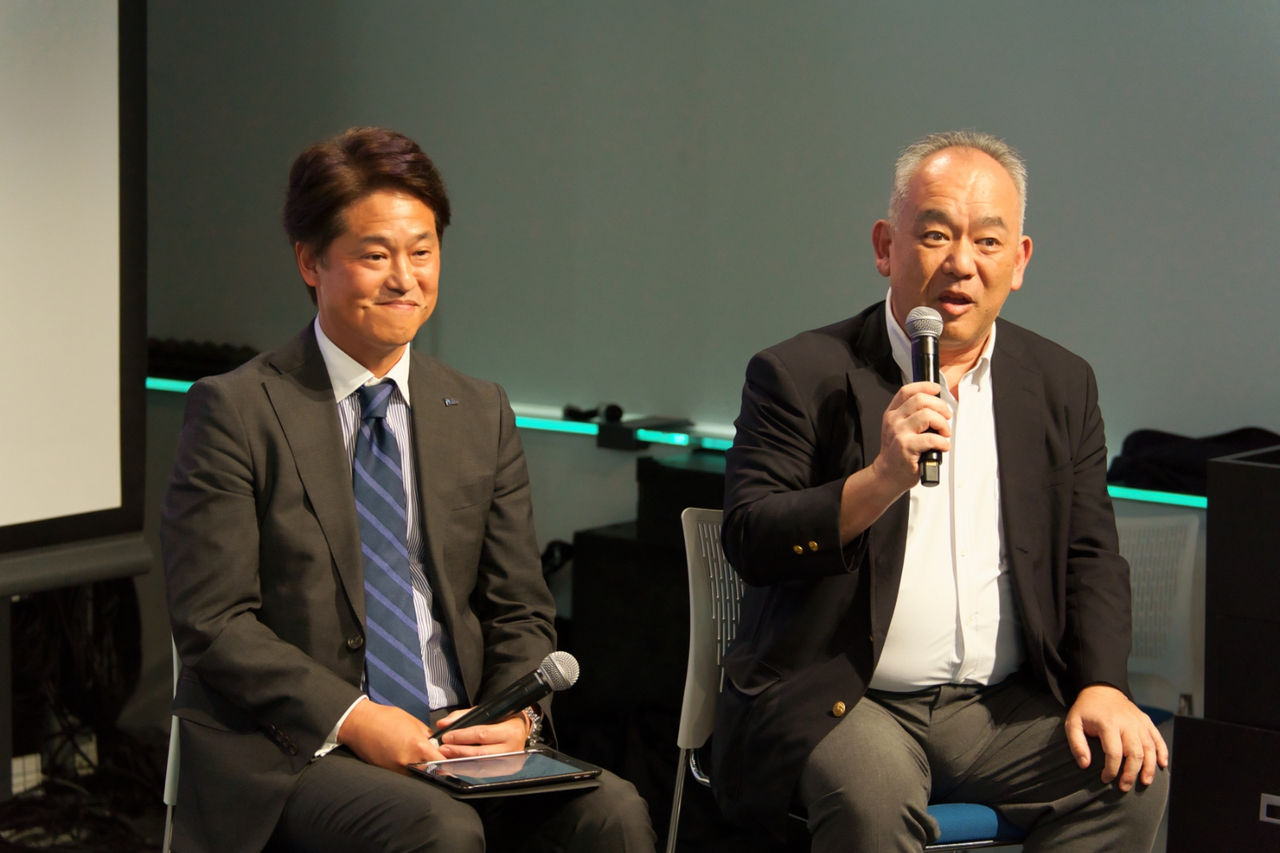
Santen's Hasegawa (left) and Skylight’s Habutsu discuss the potential of sports for people with disabilities
Seeking to balance social contribution and business
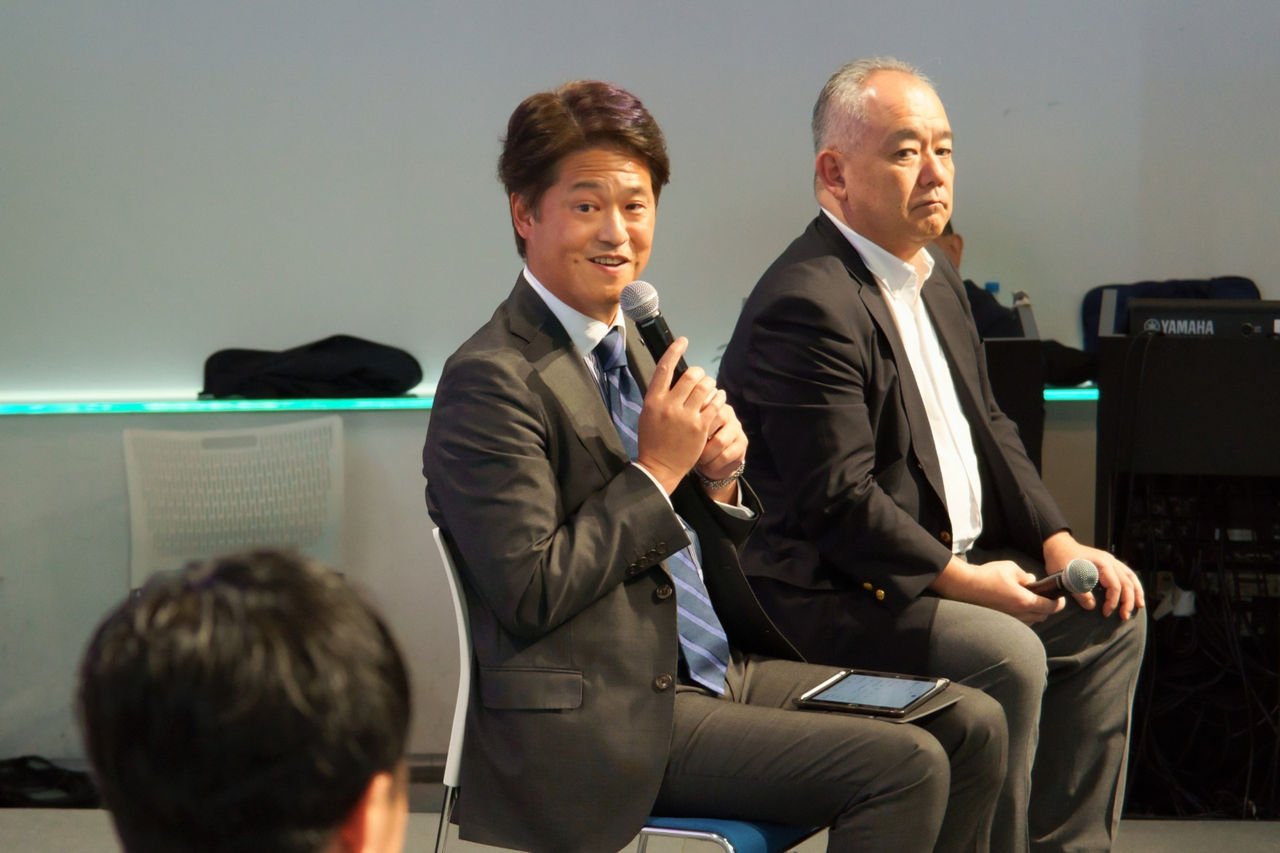
Skylight Consulting and Santen are jointly involved in launching the VISI-ONE Innovation Hub, an initiative that creates opportunities for people of all backgrounds to come together and develop projects that address visual challenges. “I want to dispel the notion that social contribution doesn’t pay,” said Habutsu. By redefining visual challenges and taking a fresh look at the market, he believes it is possible to bring about significant change within society. Hasegawa noted that when it comes to investment, a single company can only go so far and described the VISI-ONE Innovation Hub initiative as the ideal approach.
3. The environment surrounding the visually impaired in various countries
The session “Re-examining Visual Challenges Globally” addressed differences in social structures, regulations, and education for visually impaired people in several countries. Moderated by Santen’s Abdin, the session featured Joseph Seyena-Susu, director of the Ghana Blind Union (Accra Region), and Natale Antonel, a DE&I specialist based in Argentina, who discussed visual challenges across national borders.
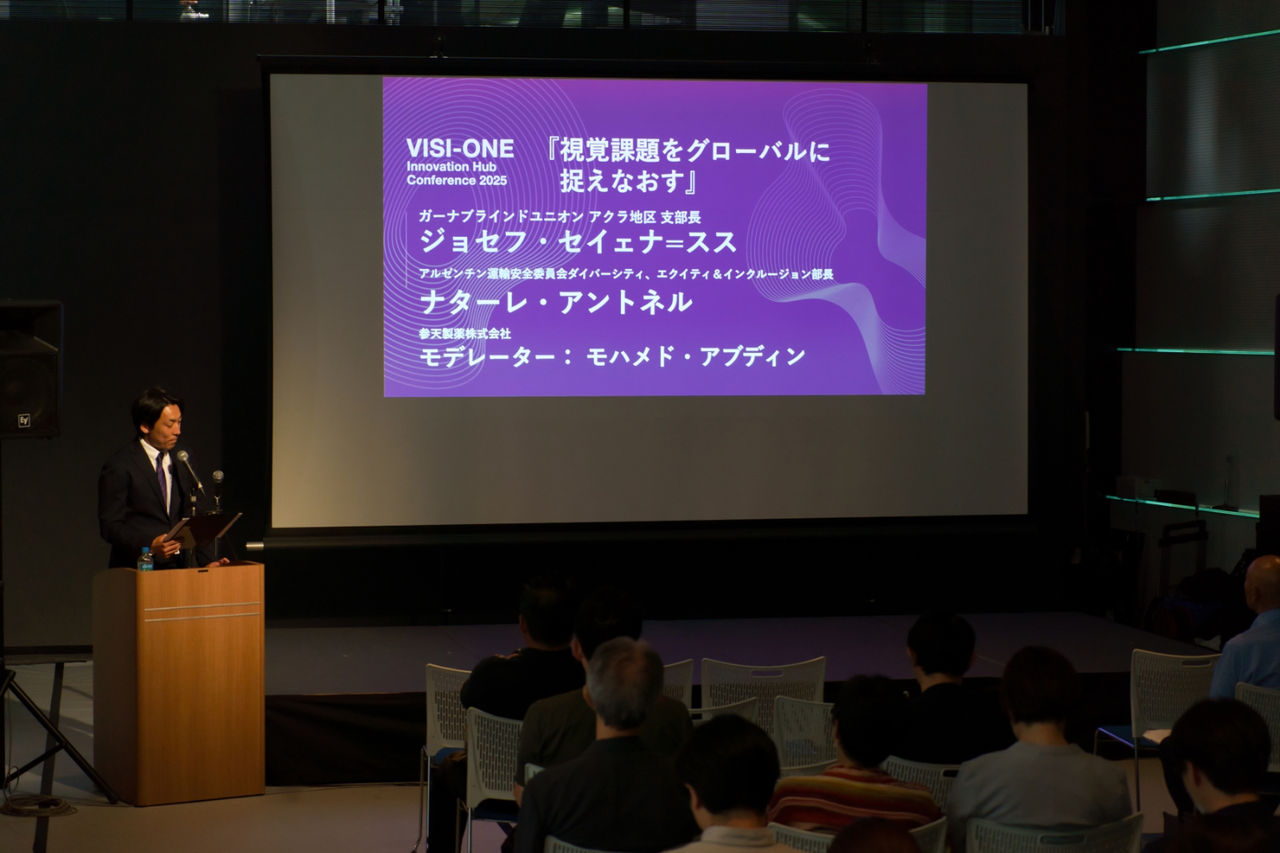
Various legal systems promote independence for the visually impaired
Seyena-Susu introduced the educational and self-sufficiency support being provided in Ghana. There, tuition and dormitory fees are free for students attending schools for the blind, and some high schools allow attendance by both sighted and visually impaired students. Additionally, Ghana has introduced a system that supports economic self-sufficiency for visually impaired people by providing them with the necessary equipment and facilities for small-scale businesses. As a counterpoint, Antonel explained that while Argentina has no legal barriers preventing visually impaired people from accessing higher education, the number of such individuals actually pursuing higher education remains relatively low.

Seyena-Susu described Ghana’s small business support program for the visually impaired
Employment rates for visually impaired people are a common issue everywhere
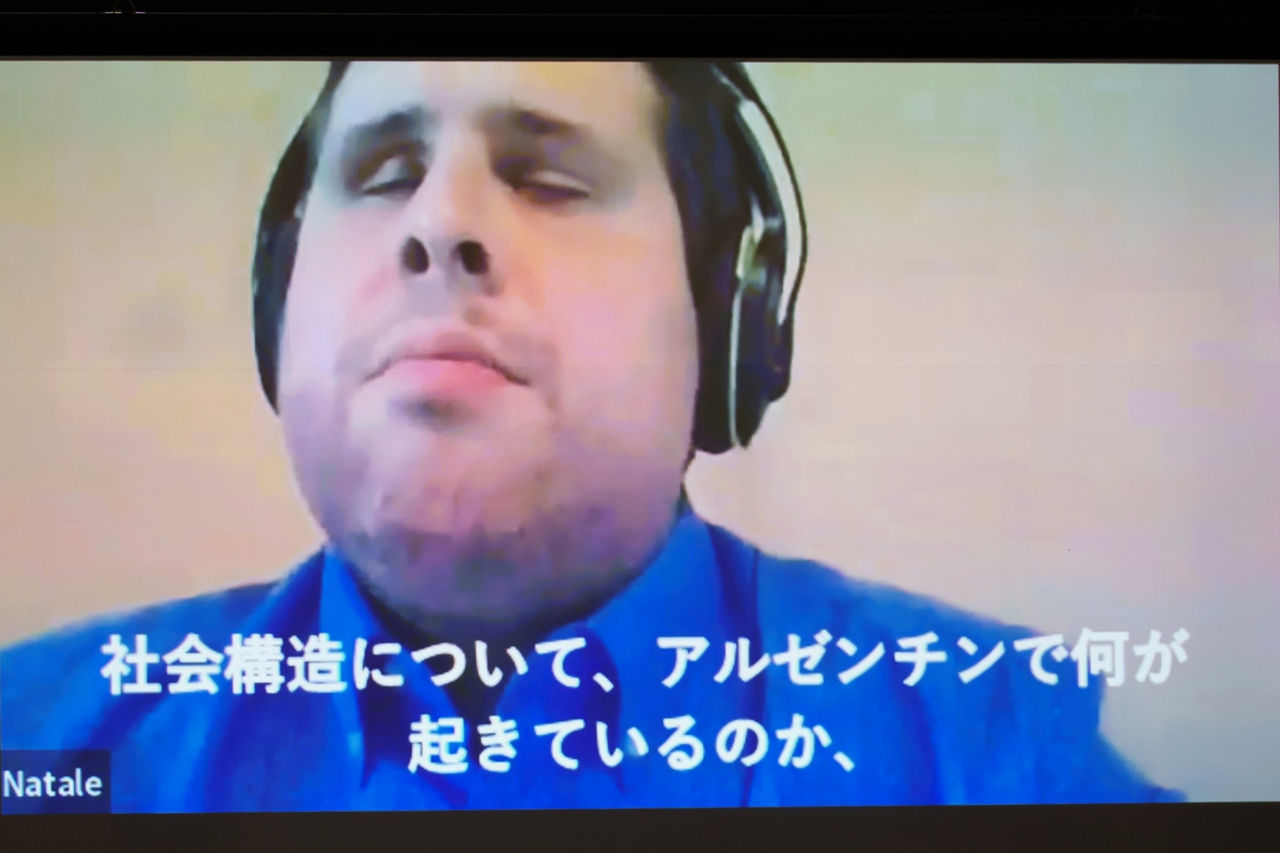
Antonel discusses the current state of employment for people with disabilities in Argentina
The low employment rate among visually impaired people is a major issue in both Ghana and Argentina. Antonel explained that in Argentina, only 25 percent of working-age people with disabilities are employed. Ghana has a mutual aid fund for visually impaired people who do not pursue higher education, while Argentina offers a pension for visually impaired people who are unemployed—but in both cases, the amounts available are quite small. Prejudice toward people with disabilities also contributes to low employment rates. Seyena-Susu shared the example of a friend who reserved a ride-sharing service only to have the reservation canceled by the driver when they learned that the passenger was visually impaired. Antonel added that employers are often biased against people with disabilities, believing they are “unable to work” or “underperform.”
Technology will positively transform the future for people with disabilities
When Abdin asked, “How can business and technology address these issues?”, Seyena-Susu replied that acceptance of new corporate systems and changes such as remote work could contribute to solving such problems. Antonel added that providing visually impaired individuals with broader access to information about new technologies and resources could enable them to achieve greater independence. Abdin passionately expressed his opinion, saying: “While the challenges are significant, I believe that advancements in technology and increased social awareness can positively transform the future for visually impaired people.”
During the conference, compelling discussions were held on visual challenges from a variety of perspectives. Solving visual challenges is important to Santen, a specialized company dedicated to ophthalmology. Santen will continue to actively work to realize an inclusive society where everyone can live in harmony irrespective of disability.


